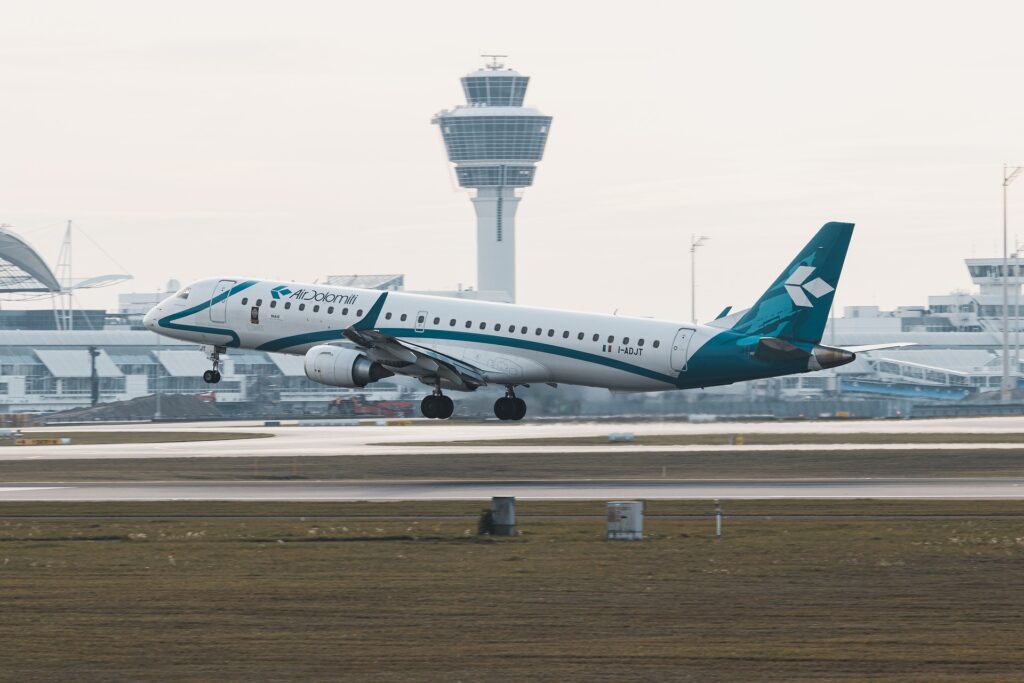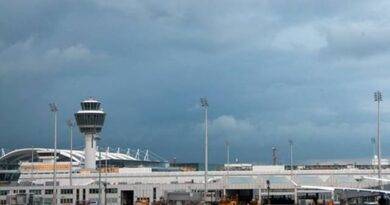Factors Effecting Airport Capacity
Airports play a crucial role in the transportation industry, serving as a hub for commercial airlines to transport people and goods across the globe. The capacity of an airport is the maximum number of flights, passengers, and cargo that can be handled in a given time period. Airport capacity is determined by various factors, including the physical infrastructure of the airport, air traffic control capacity, and operational procedures. In this article, we will discuss the factors affecting airport capacity in detail.
Physical Infrastructure:
The physical infrastructure of an airport includes runways, taxiways, aprons, terminals, and other facilities. The size and number of runways and taxiways are the most significant factors affecting an airport’s capacity. The number of runways and taxiways required by an airport depend on the number of flights that need to be handled. Large airports, such as Atlanta Hartsfield-Jackson International Airport, have several parallel runways, while small airports may only have one runway. The length of the runway is also a significant factor that determines the type of aircraft that can land and take off from the airport.
Terminal capacity is another factor that affects airport capacity. The number of gates, check-in counters, security checkpoints, and baggage handling systems determines the airport’s ability to handle passengers. Large airports typically have multiple terminals to handle the increasing number of passengers. In contrast, smaller airports may have a single terminal building with limited capacity.
Air Traffic Control Capacity:
Air traffic control (ATC) is responsible for managing and directing aircraft in and around the airport. The capacity of an airport’s ATC system is a critical factor in determining the airport’s overall capacity. ATC capacity depends on the number of controllers available, the complexity of the airspace, and the equipment available. The introduction of new technologies, such as satellite-based navigation systems, has increased ATC capacity by allowing aircraft to fly more precise routes and reduce separation distances.

Operational Procedures:
Operational procedures also affect an airport’s capacity. The time it takes to board and deboard passengers, load and unload cargo, and refuel the aircraft are all factors that determine an airport’s capacity. The airport’s operational procedures, such as the use of automated baggage handling systems and self-check-in kiosks, can help reduce the time it takes to process passengers and increase the airport’s capacity.
Weather is another significant factor that affects airport capacity. Poor visibility, high winds, and thunderstorms can lead to delays and cancellations, reducing an airport’s capacity. Airports in regions with severe weather conditions typically have contingency plans in place to minimize disruptions caused by adverse weather.
A summary of the key factors affecting airport capacity is given below:
- Physical Infrastructure: This is the foundation, including:
- Runway Configuration: Number of runways, their length, width, and separation distances all play a role.
- Terminal Capacity: How many gates are available to accommodate arriving and departing passengers and aircraft.
- Taxiway Network: The efficiency of the taxiing system between runways and terminals impacts how quickly aircraft can move around.
- Air Traffic Control (ATC): The guardians of the skies, ATC ensures safe separation between aircraft. Their technology and staffing levels directly affect how many flights can be managed.
- Operational Procedures: Every minute counts. Streamlined procedures for boarding, deboarding, cargo handling, and refueling all contribute to smoother traffic flow.
- Environmental Factors: Mother Nature has a say! Weather conditions like wind, fog, and low visibility can significantly reduce capacity.
- Market Factors: Passenger demand and airline schedules determine the volume of air traffic at an airport.
- External Factors: Economic conditions, social events, and even airspace restrictions can influence airport capacity.
In conclusion, airport capacity is determined by several factors, including the physical infrastructure, air traffic control capacity, and operational procedures. The capacity of an airport can be increased by improving the airport’s infrastructure, introducing new technology, and optimizing operational procedures. However, weather conditions can have a significant impact on an airport’s capacity, and contingency plans must be in place to minimize disruptions.
References:
FAA. (2017). Airport Capacity Profiles: Summary Report. Retrieved from https://www.faa.gov/airports/planning_capacity/profiles/
ACI. (2019). Airport Operations and Management: Key Factors Affecting Airport Capacity. Retrieved from https://www.aci.aero/publication/airport-operations-and-management-key-factors-affecting-airport-capacity/
ICAO. (2013). Airport Planning Manual. Retrieved from https://www.icao.int/sustainability/Documents/Volume%201%20-%20Airport%20Planning%20Manual%20%28Doc%209151%29.pdf


